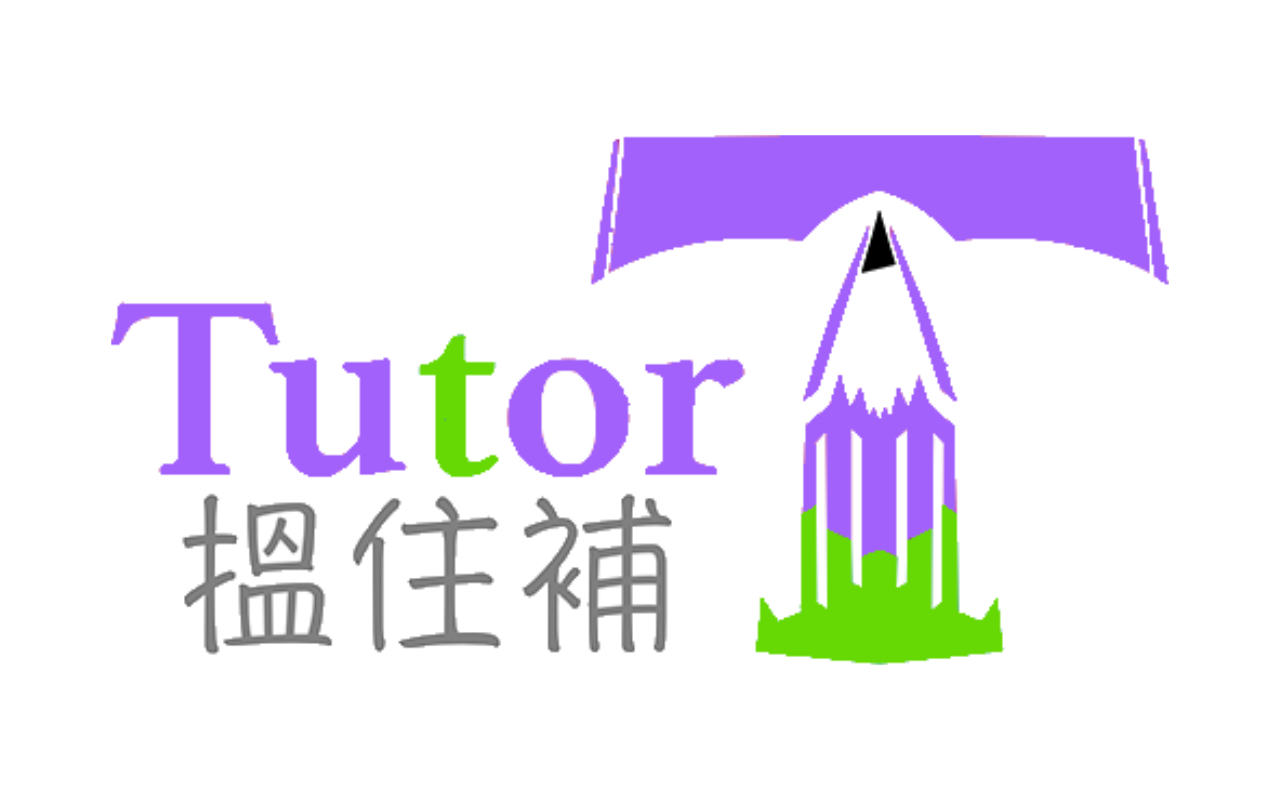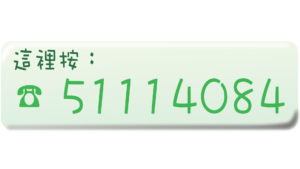Additionally, Fibonacci levels play a role in other areas of technical analysis. Fibonacci levels are used in order to identify points of support and resistance on price charts for financial trading. These percentage levels include 23.6%, 38.2%, 50%, 61.8%, 78.6%, and 100%.
The Fibonacci series is a sequence of numbers starting from zero arranged so that the value of any number in the series is the sum of the previous two numbers. The Fibonacci sequence can be used to approximate the golden ratio, as the ratio of any two consecutive Fibonacci numbers is very close to the golden ratio of 1.618. The golden ratio and the Fibonacci sequence give birth to the golden spiral. It is a logarithmic spiral that grows outward by a factor equivalent to the golden ratio.
How to use Fibonacci retracement to have killer-accuracy trading setups
Fibonacci retracement levels are considered a predictive technical indicator since they attempt to identify where price may be in the future. In a bearish Bitcoin trend, as illustrated below, Bitcoin met resistance at the 61.8% retracement level, denoting a potential exit point. This potential exit point was confirmed by the existence of a Spinning Top. For example, note that later Bitcoin price action experiences a bit of an uptrend but the formation of a Hanging Man bank accounts that let you draw in opposition to uncleared cheques denotes that the market may be finishing a reversal.
Fibonacci ratios calculate levels that are drawn on a chart between a high and low point of a price movement. Think of a situation where you wanted to buy a particular stock, but you have not been able to do so because of a sharp run-up in the stock. The most prudent action to take would be to wait for a retracement in the stock in such a situation. Fibonacci retracement levels such as 61.8%, 38.2%, and 23.6% act as a potential level upto which a stock can correct. You can now see the Fibonacci retracement levels are calculated and loaded on the chart.
These outliers can often be managed by taking a quick glance at the weekly or monthly chart before deciding which grids are needed. Start this grid at the breakout price, stretching it higher until it includes the Fibonacci ratios likely to come into play during the life of the trade. A complete trading strategy on how to use Fibonacci retracement both for trending and ranging markets.
Decreasing trend strength
Then, for downtrends, click on the Swing High and drag the cursor to the most recent Swing Low. Specifically, to identify a swing high or swing low, concentrate on one candlestick and review the candlesticks residing on either side of your selected candlestick. A swing high is a high point in the price of an asset where the price has recently been rising and is expected to stop before continuing to move upward.
These levels offer new entry or exit positions in the direction of the original trend. This analysis extends into the measurement of trend and countertrend swings that carve proportional ranges, pullbacks, and reversals. Therefore, many traders believe that these numbers also have relevance in financial markets. Because of all the people who use the Fibonacci tool, those levels become self-fulfilling support and resistance levels. The charting software automagically calculates and shows you the retracement levels.
Essentially, the golden spiral gets wider (or further from its center point) by a factor of φ for every quarter turn it makes. Keep reading to learn how to apply the Fibonacci retracement to your trading strategy. The Fibonacci retracement is a powerful tool that can give you an objective view of how to trade pullbacks and “predict” reversals. We are trying to measure how deep a pullback can potentially go, before it potentially reverses.
- Fibonacci retracement levels—stemming from the Fibonacci sequence—are horizontal lines that indicate where support and resistance are likely to occur.
- The market did try to rally, and stalled below the 38.2% level for a bit before testing the 50.0% level.
- I would like to improve my trading but I need a hands on approach with a professional setting/space with perhaps other traders who are also learning and a mentor .
What Do Fibonacci Retracement Levels Tell You?
Therefore, this presents a technical indicator of an exit point, where Bitcoin’s price may be preparing to start to move downward back towards the support level of 38.2%. By plotting the Fibonacci retracement levels, the trader can identify these retracement levels, and therefore position himself for an opportunity to enter the trade. However please note like any indicator, use the Fibonacci retracement as a confirmation tool. Fibonacci retracement lines typically function as part of trend-trading strategies.
This analysis forms the basis for establishing technical price targets and profitable exit zones. Fibonacci retracement levels—stemming from the Fibonacci sequence—are horizontal lines that indicate where support and resistance are likely to occur. If they were that simple, traders would always place their orders at Fibonacci retracement levels and the markets would trend forever. In practice, traders can use tools like trendlines or moving averages to help identify swing highs and swing lows more easily.
Finally, go ahead and do a little formfitting if needed to align the grid more closely to charting landscape features, like gaps, highs/lows, and moving averages. Move the starting point to the next most obvious high or low to see if it fits better with historical price action. In practice, this often means choosing the higher low of a double bottom or lower high of a double top.
The most dependable Fibonacci reversal signals come when grid ratios align tightly with other technical elements, including moving averages, gaps, and prior highs/lows. Build detailed entry and exit strategies with retracement grids, while using extension grids to locate price targets and realign risk management parameters. Traders can use the Fibonacci retracement to determine potential support and resistance levels in an asset’s price action chart. In terms of risk management, these levels can be used to make informed trading decisions, such as determining when to enter or exit a trade or when to set stop-loss orders. Conversely, the Fibonacci levels can be a lifesaver for traders who have missed the boat on an upswing. Fortunately, they allow them to fix the mistake by biding their time and waiting for a market correction.
By plotting Fibonacci ratios like 61.8%, 38.2%, and 23.6% on a chart, traders can discover potential retracement levels to enter profitable trades. Fibonacci retracement levels are created by dividing the vertical distance between the high and low points by the key Fibonacci ratios. You can visualize it by drawing horizontal lines on the trading chart at 0.0%, 23.6%, 38.2%, 50%, 61.8%, and 100%.

